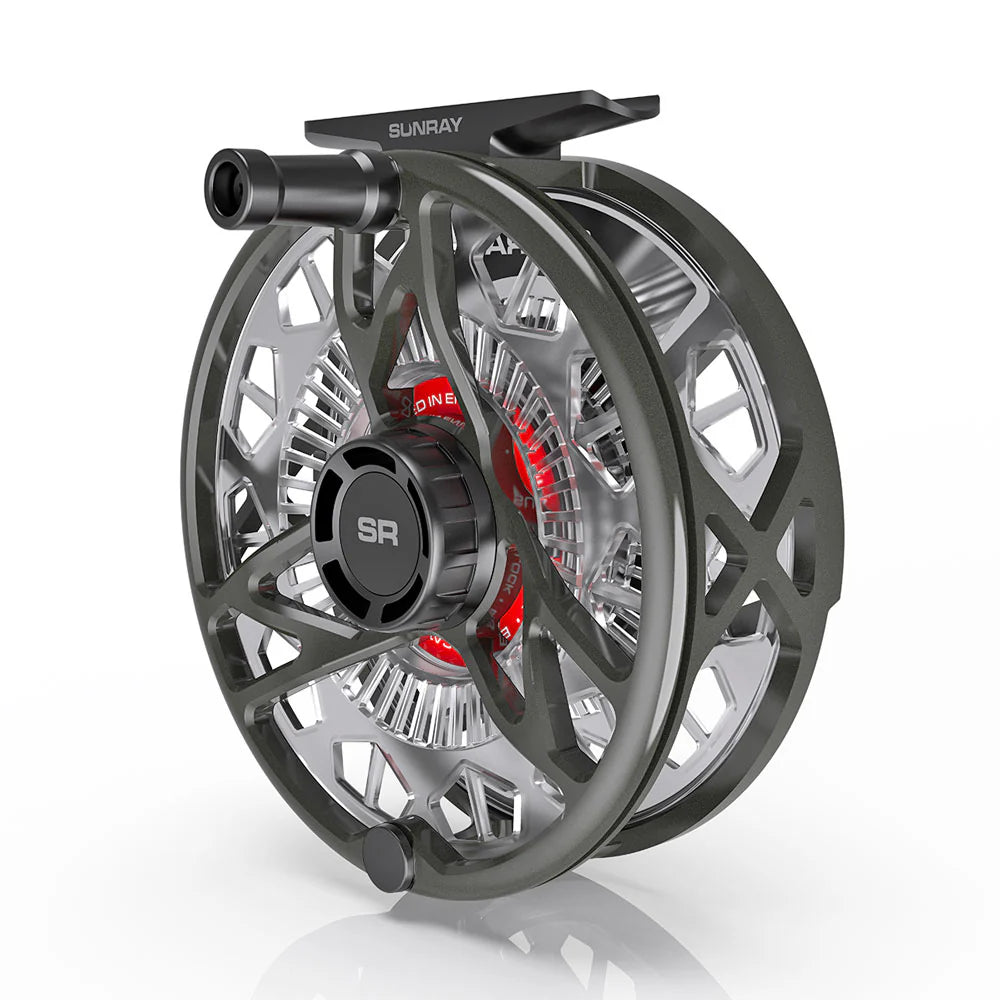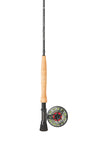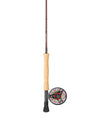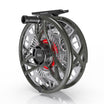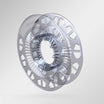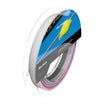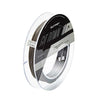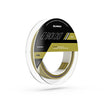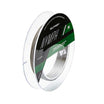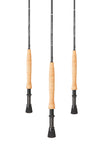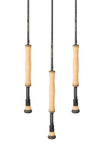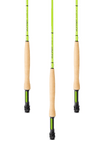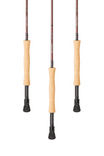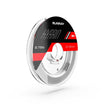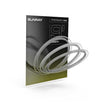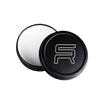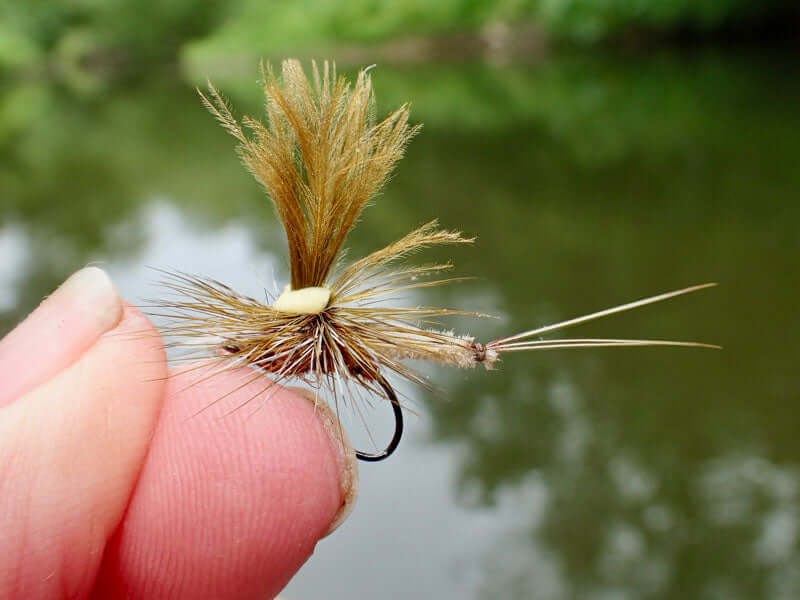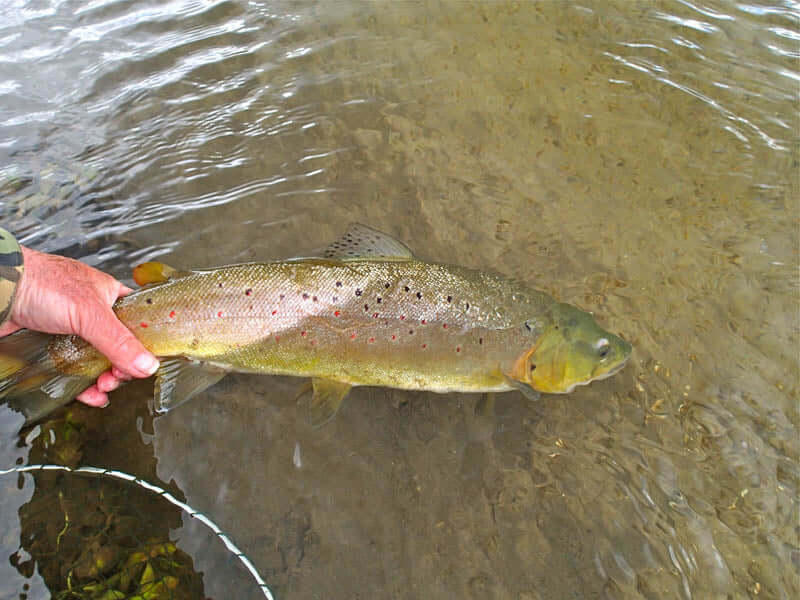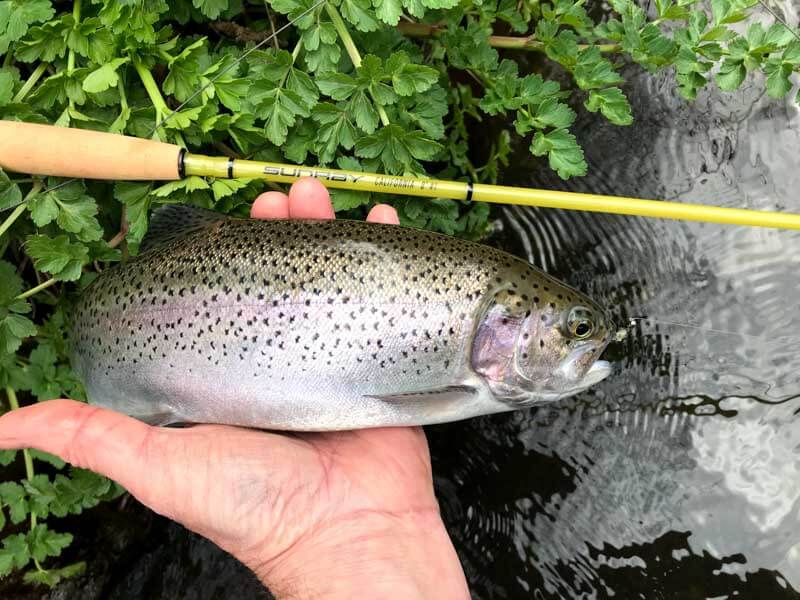by Dave Southall
At the end of May the big Mayflies start to emerge in good numbers on many of our rivers.
‘Duffers’ Fortnight’ in late May & into June is supposed to be when trout are at their easiest to catch on rivers that have good Mayfly (Ephemera danica) hatches, but this is not always the case. Whilst there are times that epic catches can be made, for those who believe that with the Mayflies will come suicidal trout feeding there can be disappointment & frustration.
Firstly, many flyfishers visit the river at the wrong time of day. Mayfly hatches usually get properly underway after 2pm with spinner falls in the evening. During the mornings & early afternoon I find that the fish are generally feeding on other things (Aphids, small Upwings, Midges etc.), yet I often meet anglers who tell me that since it’s ‘Mayfly Time’ they are going to fish a Mayfly what ever happens, a recipe for failure! On a visit to my local Pickering Beck in late May 2019 the trout were totally ignoring the emerging Mayflies early in the day as they were preoccupied with the tiny Aphids that were incredibly abundant. Even in the afternoon many fish were still feeding on Aphids & ignoring natural & artificial Mayflies that drifted by.
Secondly the fish that are apparently rising enthusiastically to emerging Mayfly Duns may in fact be taking the nymphs as they swim to the surface & the angler fishing with a dry Dun imitation will struggle to achieve any success. I saw just such a scenario in late May & early June 2019 on the Yorkshire Rye, particularly in the early afternoons. A Mayfly nymph fished under a dry fly produced a good catch for one of the club members whilst those who fished a dry Mayfly struggled to catch.
Thirdly, if the hatch is ‘too good’, as occurred on one day in early June 2019 on the Yorks. Rye, the fish may be so full of food that they only rise very infrequently. Furthermore there can be so many natural duns & spinners on the water that the chance of a fish taking the angler’s artificial is infinitesimally small. On the day in question I moved to a part of the river where there were relatively few natural insects on the water to improve my chances of a take to my dry Mayfly, which resulted in 11 fish caught.
Finally although your river may be noted for its good Mayfly hatches, there can be days when for some unfathomable reason the flies fail to hatch. This happened to me on the afternoon of 2nd June 2019 on Thornton Beck, a small North Yorks Moors stream that has good Mayfly hatches. Two days earlier a friend reported good numbers of Mayfly Duns & Spinners on the beck & trout avidly feeding on them so I expected a great afternoon’s sport. As it turned out I saw not a single Mayfly in my 2 hours on the river & I only managed to catch half a dozen small wild trout on a river that can produce dozens of fish.
One thing that I have noted is that early in the Mayfly season & early in the day during the peak of the season, when trout are slashing half-heartedly at my artificial Mayfly but often missing it a change of fly to a Daddy will often result in more frequent & more confident takes. I never worry if I haven’t got a Mayfly in my box during Mayfly Season as long as I have a Daddy since Daddies have all the right triggers for Mayfly-feeders. I was reminded of this on the 3rd June 2019 when I lost my last Mayfly in a tree. It was late in the day & my spare Mayflies were back in the car so I attached a Daddy to my leader & proceeded to catch 3 more wild Mayfly-feeders including a stunning wild fish of 4lb 12oz. Then two days later on the upper Rye during a sparse Mayfly hatch I had over 50 wild trout, mainly on a Daddy (when I did try a Mayfly I got lots of slashy takes that mostly failed to result in a hookup).
I hope that you can get out during the so called ‘Duffers’ Fortnight’ & that you have great sport, but be prepared for some possibly challenging fishing. Be observant & flexible in your approach.

- A big wild River Rye brown trout that took a Daddy during a fall of Mayfly Spinners

- Mayfly Nymph

- Mayfly Nymph imitation

- Mayfly Dun

- Extended-body Mayfly Dun


